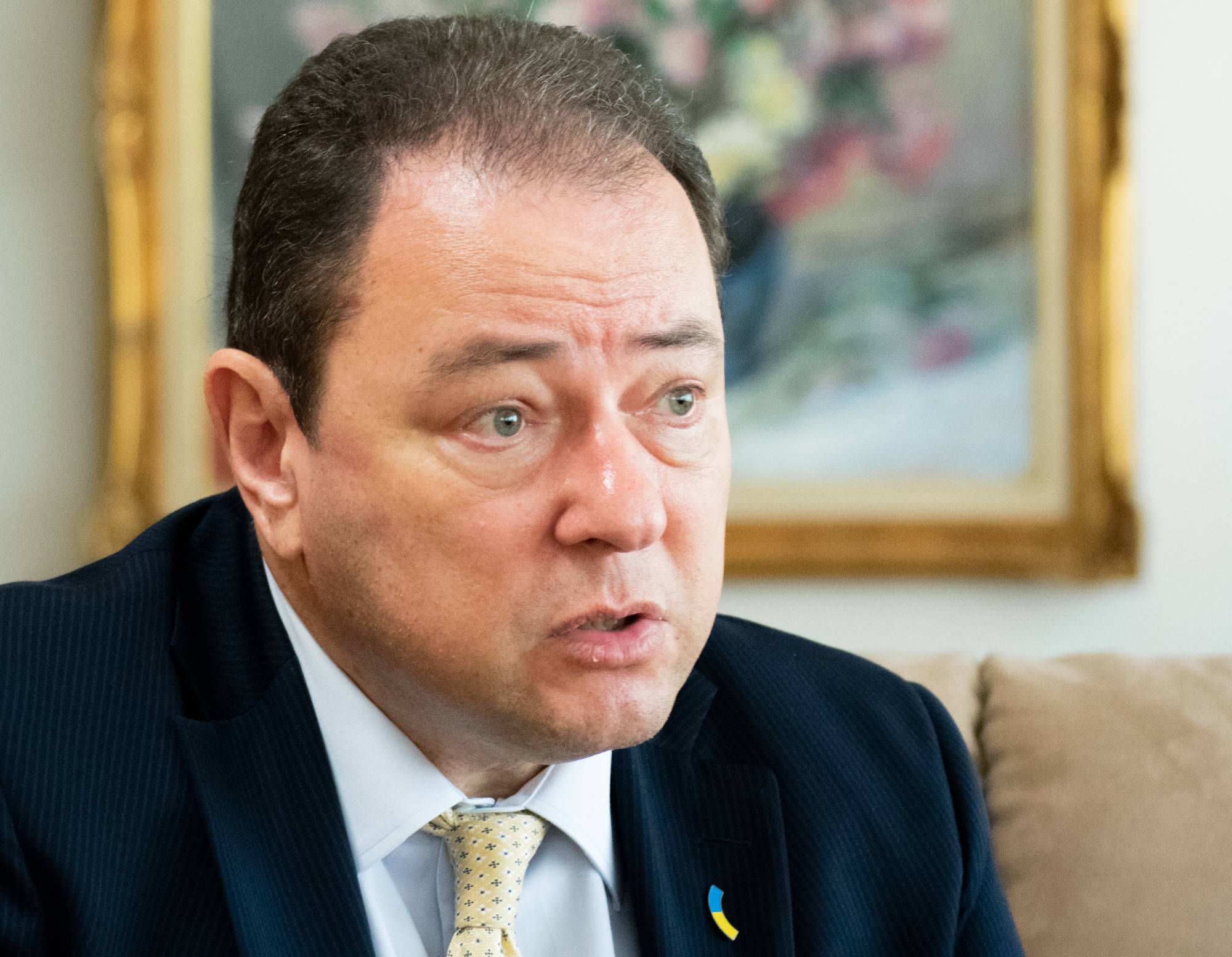Hanging on a wall inside the Ukrainian Embassy in Tokyo is a depiction of the war-torn country’s coat of arms — traditionally a gold trident on a blue background — crafted to appear like a kanji character in calligraphy.
Sergiy Korsunsky, Ukraine’s ambassador to Japan since April 2020, livens up as he talks about the provenance of the piece, which was made by his calligraphy instructor at the diplomat’s request. He shares how his teacher weighed the admittedly irregular commission and returned three months later with the finished product.
“It is truly a masterpiece,” he says during an interview with The Japan Times last month. “It’s unique. There’s no double in the world.”


















With your current subscription plan you can comment on stories. However, before writing your first comment, please create a display name in the Profile section of your subscriber account page.